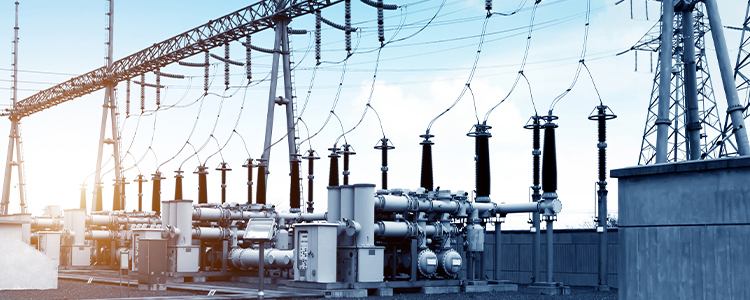- All
- Product Name
- Product Keyword
- Product Model
- Product Summary
- Product Description
- Multi Field Search


Views: 0 Author: Site Editor Publish Time: 2024-12-31 Origin: Site
The pre-operational inspection of oil-immersed transformers is a critical step to ensure their safety, reliability, and longevity. This process involves a comprehensive assessment of external and internal components, supporting systems, and operational readiness. Below are the key areas of focus for the inspection:

1.1 Fasteners and Connectors:
1.1.1 Check all external fasteners and connectors, including copper busbars, for any signs of looseness.
1.1.2 Tighten bolts appropriately, avoiding over-tightening, especially with copper nuts, to prevent thread damage.
1.1.3 Ensure stainless steel bolts are paired with nuts of different materials to avoid galling.
1.2 Oil Level and Quality:
1.2.1 Inspect the oil level indicator to confirm it shows appropriate levels.
1.2.2 Analyze the insulating oil for contaminants such as moisture or particulates and assess its color, moisture content, and acidity levels.
2.1 Component Verification:
2.1.1 Confirm that all components disassembled during transport or installation, such as core clamps and windings, are correctly reassembled.
2.1.2 Check for and remove any debris or tools left inside, particularly in the air ducts and core areas.
2.2 Insulation Integrity:
2.2.1 Ensure that all internal parts, including windings and leads, are dry and free from moisture or condensation.
2.2.2 Infrared imaging or similar diagnostic tools can be used for insulation condition assessment.
3.1 Temperature Control Devices:
3.1.1 Inspect the installation and wiring of temperature control systems like thermometers or controllers to ensure they are not near coil surfaces or live parts.
3.1.2 Verify the functionality and calibration of these devices for accurate temperature monitoring.
3.2 Fan and Cooling Equipment:
3.2.1 Confirm that fans operate in the correct direction (blowing air upwards from the bottom of the transformer).
3.2.2 Adjust the power phase sequence if fan rotation is reversed.
4.1 Connection Integrity:
4.1.1 Inspect the grounding system for signs of rust, corrosion, or loose connections.
4.1.2 Ensure that the grounding resistance meets the prescribed safety standards to prevent operational hazards.
5.1 Instrument and Protection Device Testing:
5.1.1 Ensure that all monitoring instruments, such as voltage and current meters, are functional.
5.1.2 Test protective relays and other safety devices for proper operation.
5.2 No-Load Energization:
5.2.1 Power the transformer under no-load conditions initially to monitor for abnormal noises, excessive vibration, or unexpected temperature rises.
5.3 Oil and Temperature Monitoring:
5.3.1 Continuously observe oil temperature and winding temperature during the trial run to confirm they remain within safe limits.
This inspection ensures that the transformer is free from defects, safely grounded, and correctly configured for operation. By addressing issues before the transformer is energized, potential failures can be avoided, reducing the risk of damage to the transformer or connected equipment. Regular maintenance and thorough pre-operational checks are vital for the long-term performance of oil-immersed transformers.
Transformer Overload, Differential Protection, Oil Temperature Monitoring, and Overcurrent Solutions
Causes and Detection Methods of Partial Discharge in Oil-Immersed Transformers
Essential Components and Functions of An Oil-Immersed Transformer
How a Transformer Upgrade Can Save Your Business Over $100,000